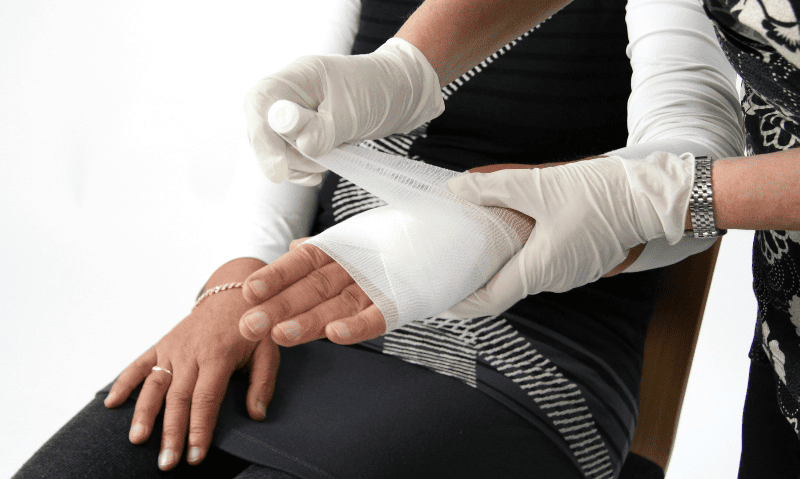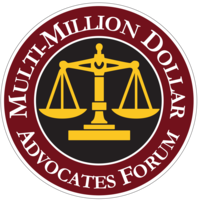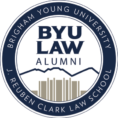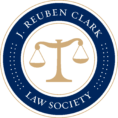Can You File a Personal Injury Claim If You Were Partially at Fault for the Accident?

Medical expenses, lost wages, psychological pain, and emotional distress can threaten your peace of mind after an accident. Personal injury claims are often the only way to recover damages. Yet, if you feel partially at fault for the accident, you may wonder whether you are still entitled to compensation.
Don’t let your doubts crush your hope. You could qualify for significant compensation even if your actions contributed to an accident in some cases. Experienced personal injury attorneys can help you pursue the damages you deserve.
Did you know you can get answers to your questions for free at our personal injury law firm? Besides reading informative blogs like this one, you can also benefit from a free consultation with our legal team. Schedule your no-obligation appointment with Harker Injury Law by calling (760)-INJURED today.
How to Determine Fault for an Accident
Understanding who is at fault in an accident is fundamental when seeking compensation for injuries or damages. The person responsible for the accident is typically the one who must pay for the losses.
Personal injury fault can be decided based on several factors. To determine what led to the accident, a thorough investigation of the actions of all involved parties must be conducted. The following sections explore determining fault in different situations.
Premises liability claims
Premises liability claims happen when someone is hurt on another person’s property. Some accidents happen due to carelessness. For example, suppose employees do not promptly clean up a spill in a grocery store. If someone slips, the store could be liable for the resulting injuries.
Premises liability claims could also include the following:
- Dog bites
- Slip-and-fall accidents
- Construction site injuries
- Workplace accidents
- Drownings or near-drownings
- Accidents involving elevators or escalators
Your lawyer should investigate if the property failed safety standards by collecting evidence such as:
- Maintenance records
- Photographs
- Security camera footage
- Witness statements
- Safety inspection results
Landlords and business owners should regularly inspect their properties and promptly fix issues. If they knew (or should have known) of a hazard and did not take reasonable care to address it, they could be at fault for any damages that occur.
Car accident fault
In an auto accident, liability is usually decided by determining which driver broke traffic laws or was careless. If the other driver ran a red light, exceeded the speed limit, or lost focus because of a distraction, a court may conclude that he or she is at fault for the automobile accident.
Vehicle damage, skid marks, and other physical evidence left at the accident scene provide clues as to who is at fault for car accident claims. Your personal injury attorney might also interview witnesses and consult police reports to identify who is responsible.
What if the other party’s negligence is not the only contributing factor? Can you pursue compensation for car accidents when the other drivers were not wholly in the wrong?
How Comparative Fault Could Affect Your Case
Comparative fault is a rule that determines who is financially responsible for an accident, and to what extent, when more than one person is involved. Sometimes the injured person and the other party share the blame.
Negligence happens when someone does not act the way a reasonable person would in the same situation.
Different types of negligence include:
- Pure comparative negligence: This rule allows the plaintiff to recover financial damages even if he or she is mostly at fault, as long as the defendant shares some responsibility
- Modified comparative negligence: Under this rule, claimants cannot seek compensation if their fault for an accident reaches or exceeds 50 percent or 51 percent, depending on the state’s rule
- Slight or gross negligence: Awards may be higher when the plaintiff’s percentage of fault is slight and the defendant’s fault is gross due to reckless or dangerous behavior
In cases where more than one party involved is partially at fault, the court will look at how much each person is responsible. Then the compensation will reflect each party’s level of comparative fault.
The comparative fault system helps ensure everyone pays for the part each person or party played in causing the accident. However, negligence rules and how these apply to a case vary from state to state.
How comparative fault works in California
California follows the rule of pure comparative fault. The comparative negligence system enables people to cover at least part of their losses, even if they made mistakes.
Under this rule, even if someone is primarily responsible for his or her own injury, that person can still collect some damages. Suppose one person is 75 percent at fault and the other party is 25 percent at fault; the injured person can still receive 25 percent of the total compensation.
Examples of comparative fault in action
Determining fault becomes complex if it seems the injured person might share some responsibility.
In the following scenarios, the percentage of fault assigned to the accident victim could influence how much compensation he or she is due:
- A person slipped on a wet floor because he or she was texting instead of paying attention to his or her surroundings
- Police reports reveal that one driver committed traffic violations, but the other motorist failed to use the turn signal
- A customer bumps into a shelf and is hit by a falling box, but he or she should not have been in the employees-only area where the incident happened
An insurance company or a court can decide how much fault each person has and adjust the compensation. Since so many components affect fault, it might be impossible for victims to make a perfect judgment. Consulting a lawyer in your area can ensure you receive your fair share of damages.
How to Prepare and File a Personal Injury Claim
A few states follow a contributory negligence rule. If you have an accident within the jurisdiction of such a state, then you cannot recover financial damages even if you share as little as 1 percent of the fault.
Yet, you can file a claim for economic damages like medical bills and lost wages in most states. Some states allow non-economic damages to punish wrongdoers or compensate for emotional distress. Since the percentage of fault matters, accident victims must avoid jeopardizing their right to fair compensation.
Seek medical attention
Get examined by a healthcare professional after an accident, even if you have no visible injuries. Such action can protect your health and your ability to get a fair settlement for your medical bills. Medical records prove your injuries and show the severity of the harm caused.
Document any accident-related expenses during your recovery. Save receipts for prescriptions, medical devices, and travel costs to and from appointments.
Immediate care also helps establish a clear connection between the accident and your injuries, making it easier to prove your case. If you delay or avoid care, the insurance company or the other party may argue that your injuries are not severe or were caused by something else.
Meet personal injury law time limits
You have 2 years from the date of an injury to file a lawsuit for damages in California. There are a few exceptions to this deadline, which is called the statute of limitations. However, you need to work fast before you miss your opportunity to file a personal injury claim.
Cases involving partial fault are often among the most complex. Experienced legal professionals can help you act before your legal right to a fair settlement expires.
Partially Responsible? A Personal Injury Lawyer Can Help
If you are partially responsible for an accident, a personal injury lawyer can help you seek financial recovery. Under California law, even if some fault is assigned to you, you may still be able to collect financial compensation for your resulting injuries, property damage, or lost income.
Personal injury cases can be complex. But, with professional guidance, you may be able to receive compensation for economic and non-economic damages. A lawyer can gather evidence on your behalf, proving fault and ensuring that the other party’s percentage of responsibility is clearly established.
How is fault determined after an accident? How will your percentage of fault affect your case? Our capable legal team offers free consultations to answer your questions. Contact us without delay by sending a message or calling (760)-INJURED.










